Three years on from the Grenfell Tower disaster, an estimated 2,000 high-risk residential buildings still have combustible cladding on them. CM asks why remediation work is taking so long.
More than three years have passed since the Grenfell Tower disaster on 14 June 2017, but progress on replacing dangerous, flammable cladding systems on high-risk residential buildings has been painfully slow.
The latest data available from the Ministry for Housing, Communities and Local Government (MHCLG) shows that there are 300 buildings with aluminium composite material (ACM) cladding systems – the type used on Grenfell – that still needed to be remediated, as at 31 May (see chart).
Some 155 buildings have had the remediation work completed while another 54 have so far had their cladding systems removed. And that’s just ACM cladding. According to a House of Commons report by the all-party Housing, Communities and Local Government Committee published on 12 June, there are another 1,700 high-rise buildings with other forms of combustible cladding systems which need replacing.
“To still have 2,000 high-risk residential buildings with dangerous cladding is deeply shocking and completely unacceptable,” said the report, which also estimated that the overall cost of remediating all fire safety defects from social and private sector residential buildings in England could be as high as £15bn.
So, why has progress on cladding remediation been so sluggish?
The government acknowledges in its monthly progress reports that these projects can be complex and involve “major construction work which needs to be planned, consulted on and carried out carefully”.
Helen Stuart, senior associate at law firm Trowers & Hamlins, says that it can be a problem for building owners to identify from their own records what materials were actually installed.
“Frequently the documentation handed over at completion is incomplete or, in some cases, incorrect. This issue was picked up in the Hackitt Report and the government’s consultation on ‘Building a Safer Future’ with the ‘golden thread of information’,” she says.
“There have also been challenges when it comes to the availability of competent experts to advise building owners on fire safety issues and the required remedial works, as well as difficulties with obtaining sufficient professional indemnity insurance for some of these experts.”
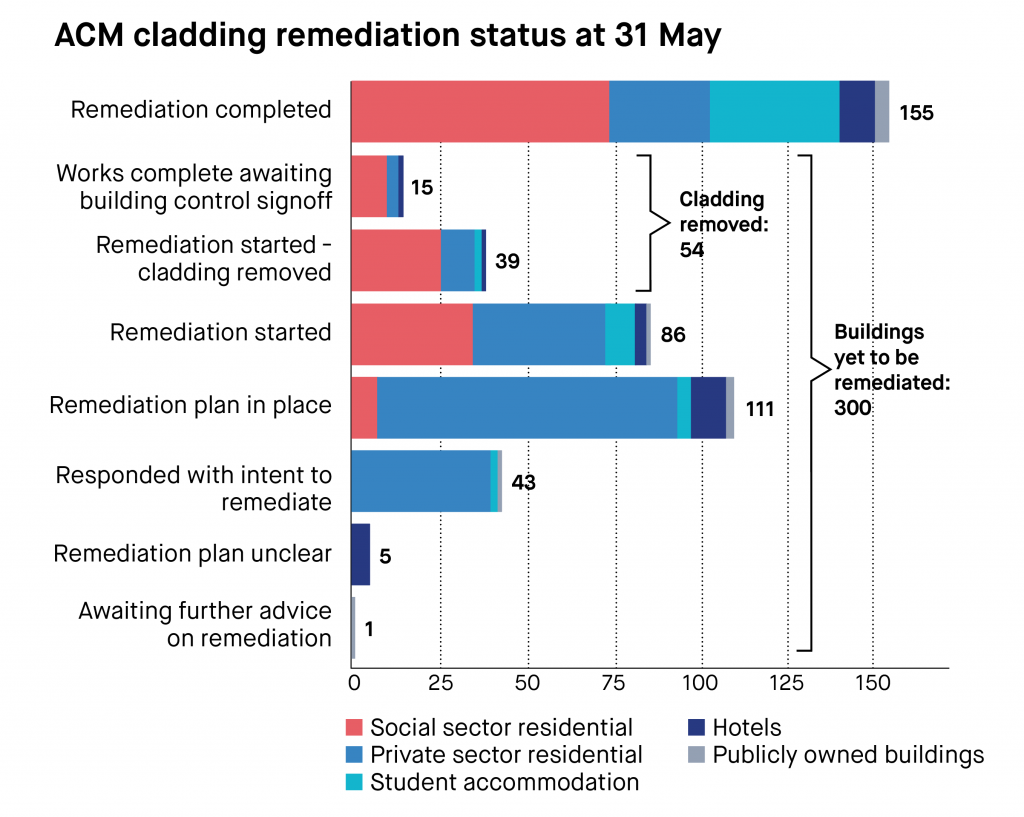
In the private residential sector, progress has been much slower than in the public sector. As of the end of May 2020, only 29 buildings in the private sector had completed remediation works. Another 52 had started, leaving 126 that had not even begun remediation.
Part of the problem, Stuart explains, is that some owners have no other assets save for the freehold of the building.
“These companies rely on the service charge income to be able to pay for any works to the building and so would not have been able to fund any remedial works without recovering the majority of it first from the leaseholders,” she says.
“Some time may also have been spent formulating claims against third parties and looking to get the original contractors to undertake the remedial works, or at least giving them the opportunity to do so.”
Unfortunately, the covid-19 pandemic has inevitably had an impact too. Although the government stressed in April that cladding remediation work remained a “priority” and could continue if done safely, official data showed that 50% of the ACM remediation projects paused works due to the virus.
“Hopefully, in the next data set we will see that more projects have recom-menced in line with the construction industry generally,” Stuart says.
The government’s response to the criticism is that it set aside £400m in 2018 for social landlords to remediate high-rise buildings with unsafe ACM cladding, and a further £200m last year for private landlords.

“Too many risks are being excluded by the criteria for accessing this support and the amount of money pledged is only enough to cover a fraction of the work needed.”
Clive Betts MP
It also announced a new £1bn cladding replacement fund at the end of May for non-ACM cladding systems that are unlikely to meet Building Regulations. This fund will be open to social housing landlords and private sector residential building owners and freeholders where the cost would otherwise be passed to leaseholders through the service charge.
Interestingly, the fund will not be available for remediation works which had already been committed to, or had started, prior to 11 March 2020, which Stuart notes is “unfortunate for those who were proactive and quick to take steps”.
“There will be a separate claims process in July for a contribution from government for registered providers with in-scope buildings who cannot show their viability would be threatened by carrying out the works,” she adds. “This will be a welcome development for the social sector, as it was initially thought that no funding would be available if the works did not threaten viability.”
With the new fund announcement, building safety minister Lord Greenhalgh said: “Now that this additional £1bn funding is in place, building owners must crack on with removing flammable cladding on all high-rise residential buildings that are over 18m.”
Support ‘will fall short’
But there are questions over whether the funding provided will be enough.
The report by the Commons Housing, Communities and Local Government Committee warned that support “will fall far short of what is needed” to deal with dangerous cladding as well as other fire safety issues such as inadequate fire doors or missing fire breaks.
It said that the £1bn fund will only be enough to cover the cost of removing non-ACM cladding from a third of the 1,700 buildings requiring remediation and criticised “stringent rules”, including a short application window and restrictions against social housing providers.
Committee chair Clive Betts says: “Too many risks are being excluded by the criteria for accessing this support and the amount of money pledged is only enough to cover a fraction of the work needed.
“The fund should be increased so that it is enough to cover the amount of work that is actually needed, both to remove cladding and resolve wider fire safety concerns. Further support must also be provided for the costs of stop-gap safety measures, such as ‘waking watches’, to reduce the burden on homeowners.”
The committee called on the govern-ment to ensure that “all buildings of any height with ACM cladding should be fully remediated of all fire safety defects by December 2021” and that “buildings with other fire safety defects, including non-ACM cladding, should be remediated before the fifth anniversary of the Grenfell Tower fire in June 2022”.
Comments
Comments are closed.



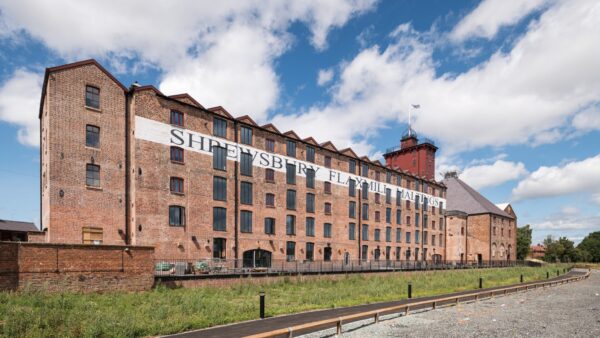
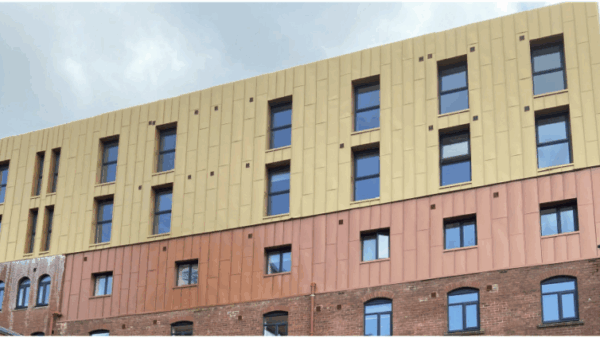

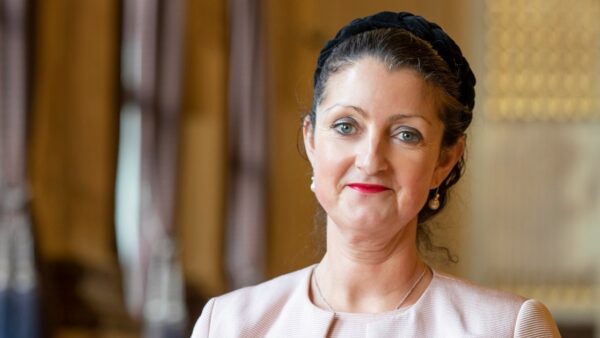
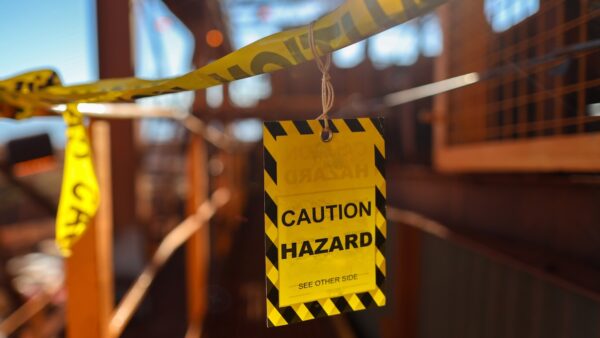



Those responsible with the ability to postpone at every opportunity. after all this time COVID-19 cannot possibly be to blame